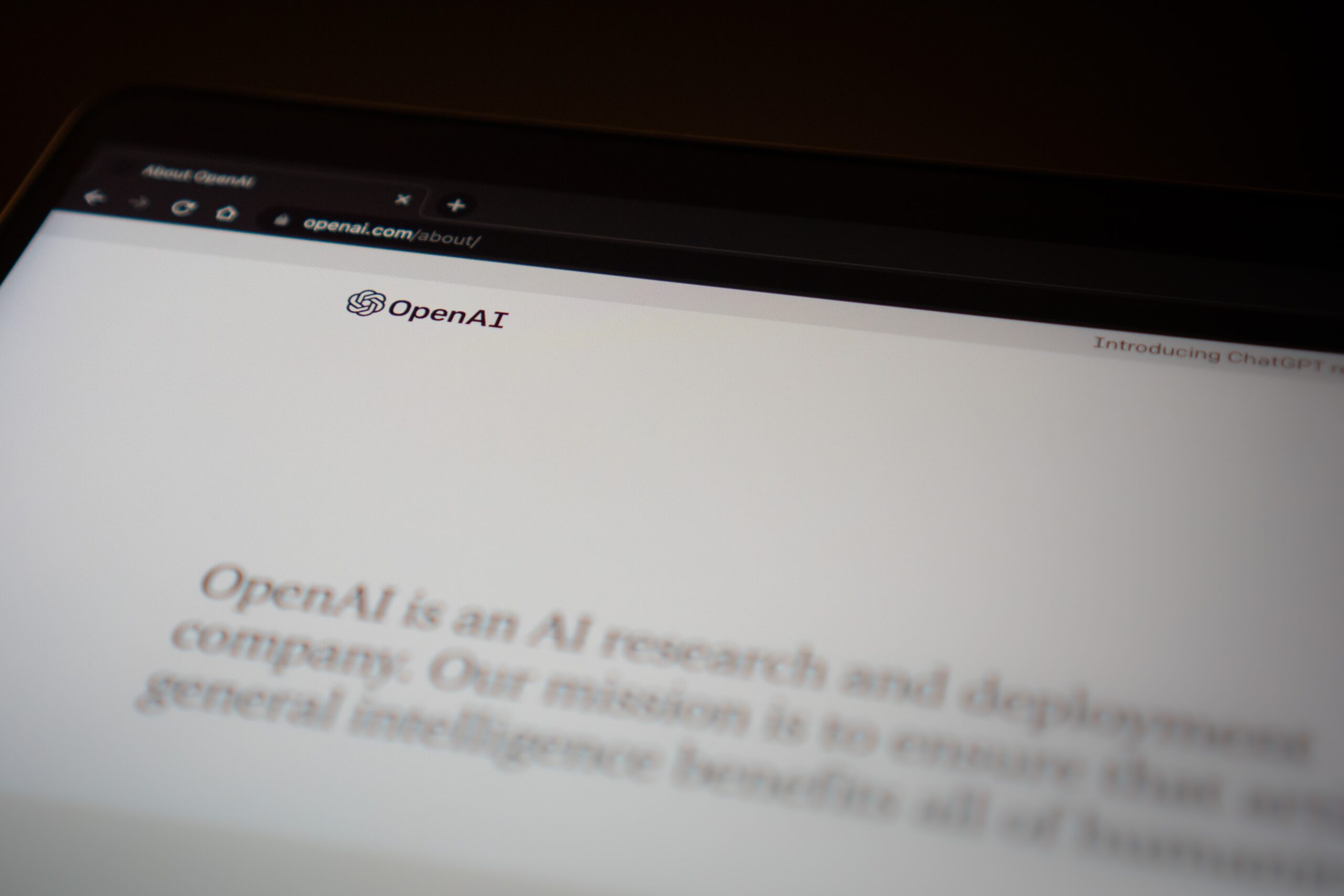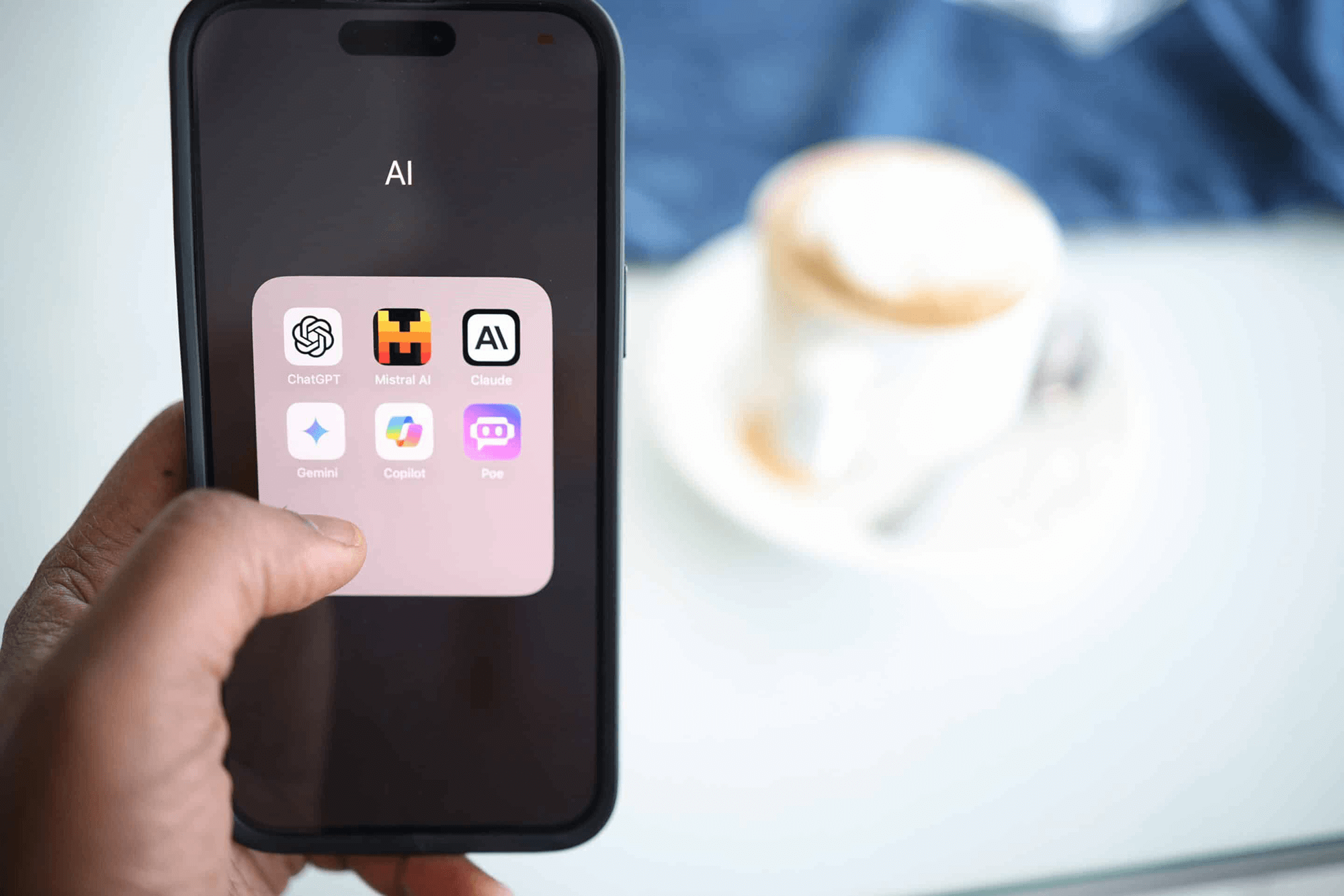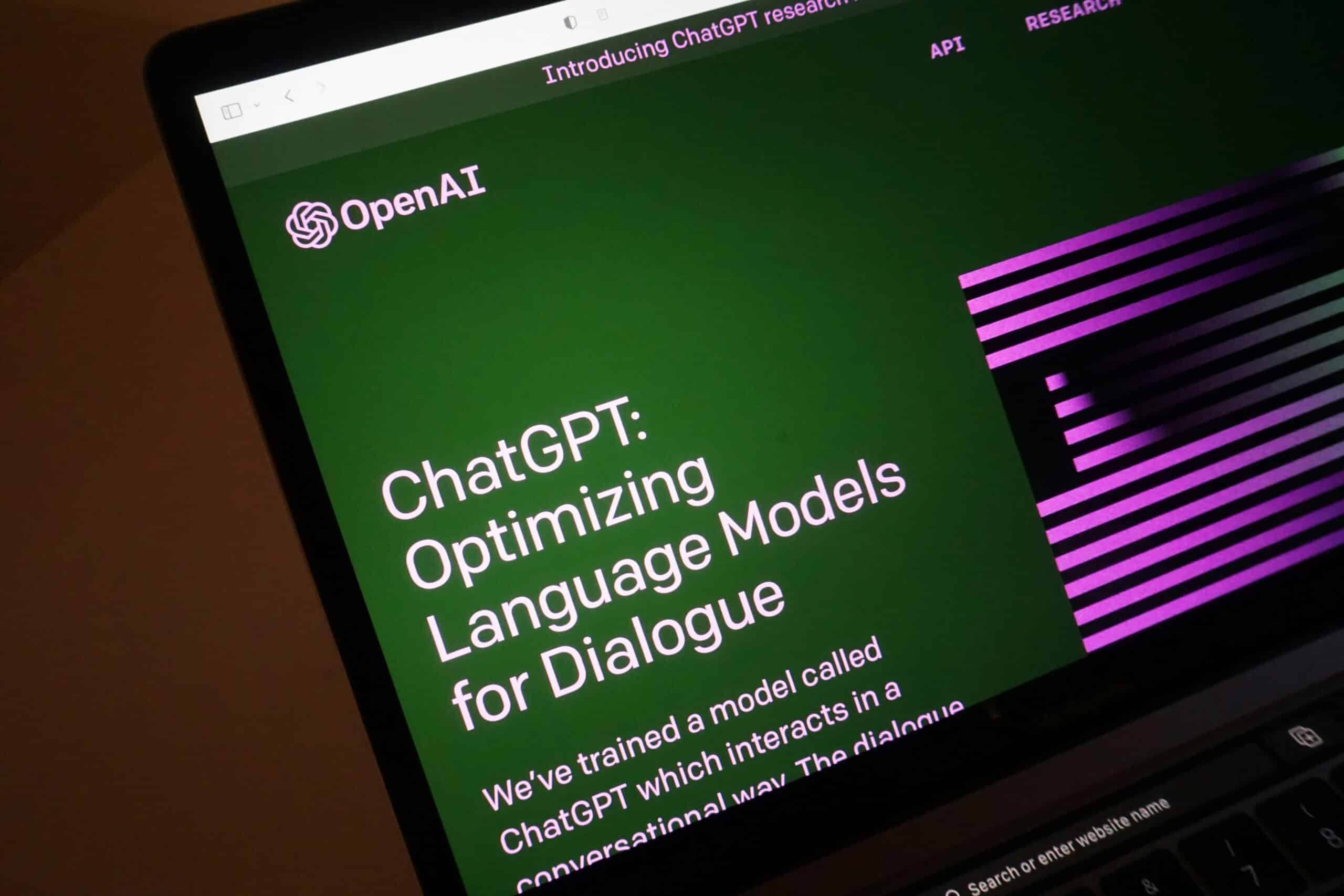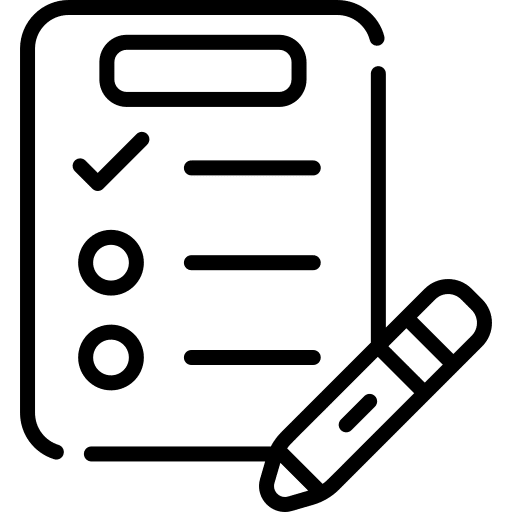An AI writing assistant would be ideal for writers everywhere who need to jumpstart the writing process. They can be especially beneficial whenever writers are on a stump or are experiencing writer’s block. But is an AI essay writer ethical by today’s standards? With generative AI tools becoming rampant, it’s becoming harder to decipher which photos or content we see and read online are authentically written by humans.
AI content generators weren’t made to be inherently unethical. It wasn’t created to purposefully steal original artworks or written pieces. So how exactly can AI writing be done correctly? Read ahead to learn how to use an artificial intelligence properly and ethically.


AI Writing Assistant: What Is It?
AI tools for writers exist in many forms and can do various things. For example, an AI writing assistant can generate product descriptions or develop content ideas for copywriting. It can research specific topics or edit existing content.
In simple terms, generative AI tools are computer programs that leverage AI technology and can generate, develop, or edit texts based on prompts or automatic commands. Different programs do different things and these programs help writers in many other ways besides copywriting like checking grammar, spelling, and even plagiarism. Some of the most notable examples of an AI text generator are Chat GPT, Jasper, Copy.AI, and Anyword, and other examples include Grammarly which checks for grammar, and spelling, and gives style suggestions.
Can AI Write Essays?
More than just assisting with writing, an artificial intelligence writer like the examples above can actually generate fully coherent and complete essays. However, while there aren’t rules or regulations in place for both professional and educational settings when it comes to utilizing these tools, it’s not exactly ethical or responsible to have AI generate essays on your behalf.
Can AI write essays? Yes. But should they be used in place of creating original work? No. AI tools for writers exist to assist, jumpstart the writing process, and help with editing. However, because of the convenience and accuracy of AI content generators when it comes to generating text, it’s becoming increasingly easy to abuse. An artificial intelligence writer might emulate human writing styles and generate essays easily, but they shouldn’t replace original thought, research, and writing that promotes learning among students.


The Benefits Of Using Generative AI As A Writing Assistant
Generative AI can assist throughout the various writing processes from generating ideas to creating actual drafts. When used right, an AI writing assistant can be very beneficial to its users. With automation on the writers’ side, they can focus on creating quality content instead of manually doing editing, grammar, and spelling checks, and they can get sentence suggestions and formatting assistance from certain AI tools.
Students usually have a specific time frame for when they can complete assignments and luckily for them and other writers, AI writing tools can provide instant feedback on top of being able to provide writers with a vast amount of data and information. This allows its users to conduct research faster and more efficiently.
One of the biggest benefits that AI writing tools can offer to writers is overcoming writer’s block. With AI text generators becoming as convenient and readily available as ever, you need only to create AI writing prompts before generative AI can create an essay, blog, article, or research paper depending on your writing needs.
It’s important to understand though that generative AI isn’t perfect and it might not always generate reliable data. Using any kind of writing assistant should be used with a grain of salt. Students should especially be aware that they are ultimately responsible for the papers they submit to their instructors and should still do double checks despite using automotive tools during the writing process.


The Do’s and Don’ts of Using Generative AI For Writing
Do’s:
-
Be the expert!
Understand that you should have the upper hand. The AI writing assistant is as the name suggests, your assistant, instead of the other way around. -
Do some initial research
It’ll be easier to give AI prompts when you have a solid research base. -
Be cautious
Don’t take everything AI tools generate as factual because AI can generate biases and inaccuracies. -
Understand the limitations of generative AI
Writing tasks are assigned to students so they can have a deeper understanding of certain topics so always use AI with discernment. -
Edit
Write with your own perspective and edit what AI generates for you from your understanding.
Don'ts:
-
Don’t be over-reliant on AI
Don’t be over-reliant to the point that you no longer use critical thinking to identify research gaps, generate hypotheses, and analyze data. -
Don’t plagiarize AI-written text
An AI writing assistant is not a shortcut and it’s best to still put in the effort and the necessary work. Never submit AI-generated text as your own work. -
Don’t use AI writing assistants blindly
Familiarize yourself with how certain tools work and most importantly, be aware of the best practices when it comes to using AI tools. -
Don’t misuse AI
Depending on the prompt you feed AI, it can be easy to generate misinformation and you should always use AI responsibly and ethically. -
Don’t assume accuracy
Always fact-check, edit, and never take AI-generated information at face value.


How To Use AI For Writing
According to the University of Kansas’ Center for Teaching Excellence, there are many ways to use generative AI as a writing assistant, and here are some ways you too can use AI assistance for writing.


Generating Topic Ideas


Narrowing Down The Scope Of A Topic


Research Process


Outlining


Writing An Introduction


Drafting The Paper


Writing Titles and Headers


Transitions and Endings
For more tips on how to properly use generative AI in the classroom, read our blog about essay checkers, “How To Foster Ethical AI Use In The Classroom”.


Tips For Educators When Allowing Students To Use AI
As we said in the beginning, there currently isn’t a regulation specifying that AI should not be used in academic settings. Some educators say it’s ultimately up to the professor to set their own rules in their classrooms. But how should educators address this widespread use of AI amongst their students? Is there a way to stop this? Should they even allow it?
At the rate at which AI writing assistants are available, there’s no way foolproof way to tell if your students are submitting AI-generated work. That’s why we encourage both students and professors to try out AI Purity – an AI text detector tool made to evade academic misconduct and teach users how to utilize AI responsibly and ethically.
When it comes to using an AI tools for school work, here are some tips for educators that can remove the stigma around using AI in education and foster responsible AI use among students.


Educate Students About AI


Create Boundaries


Thoroughly Check Your Students’ Papers


Let AI Purity Assist You In Your Next Paper!
The next time you use an AI essay writer for your writing assignments, cross-check your final output on the AI Purity platform and you just might be surprised at some of the sentences you missed that could sound like it’s AI-generated. We offer student discounts and free trials! Let AI Purity be your newest AI writing assistant!
